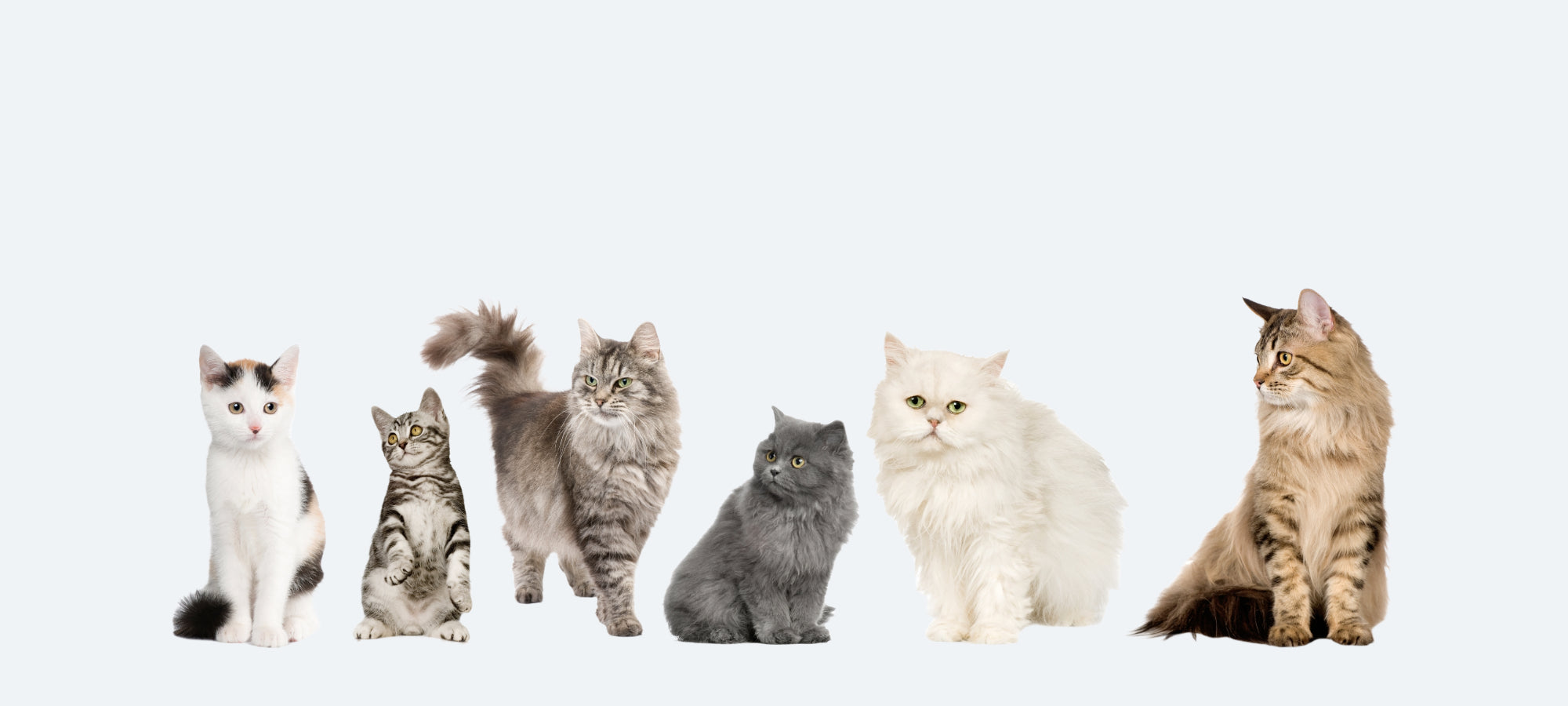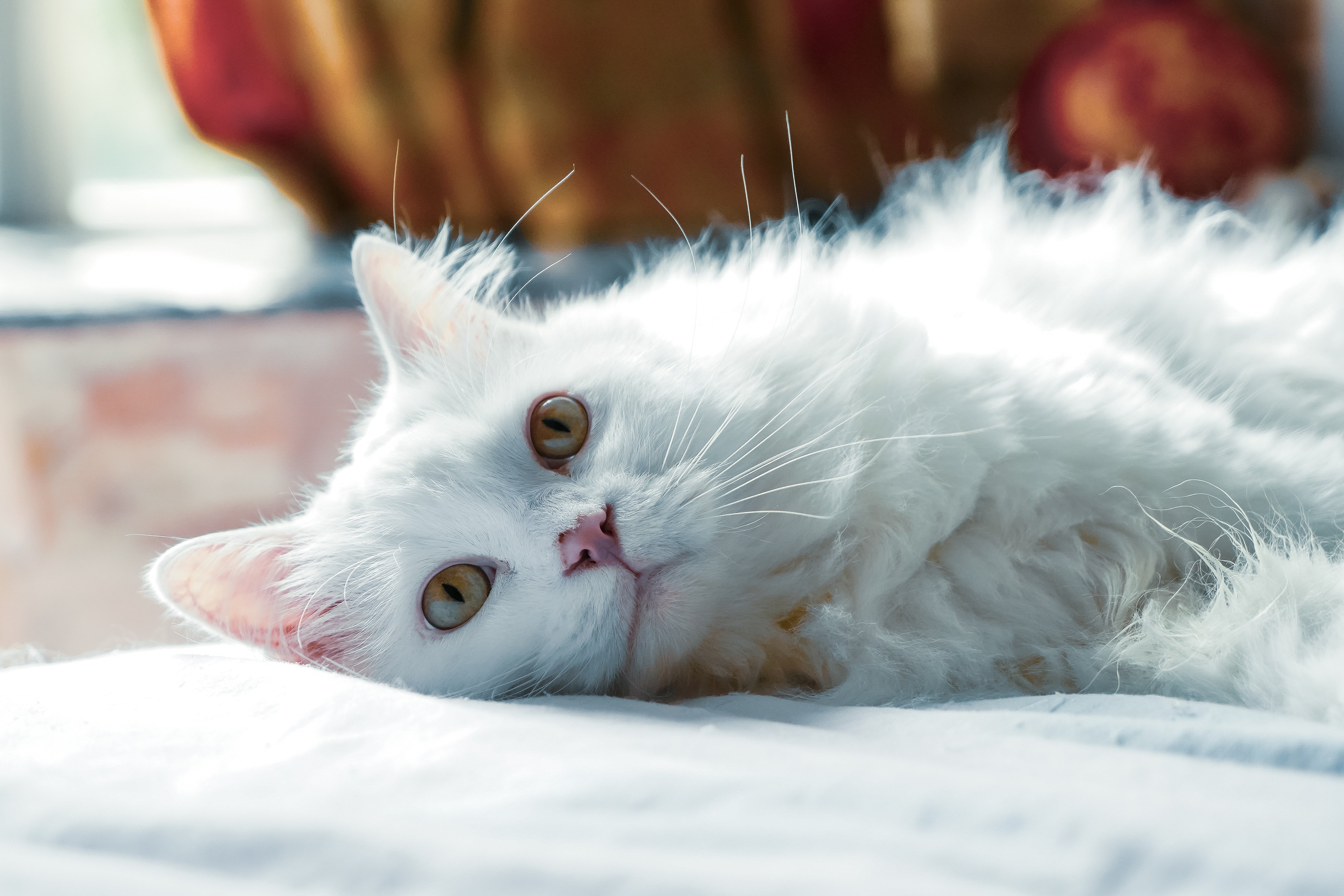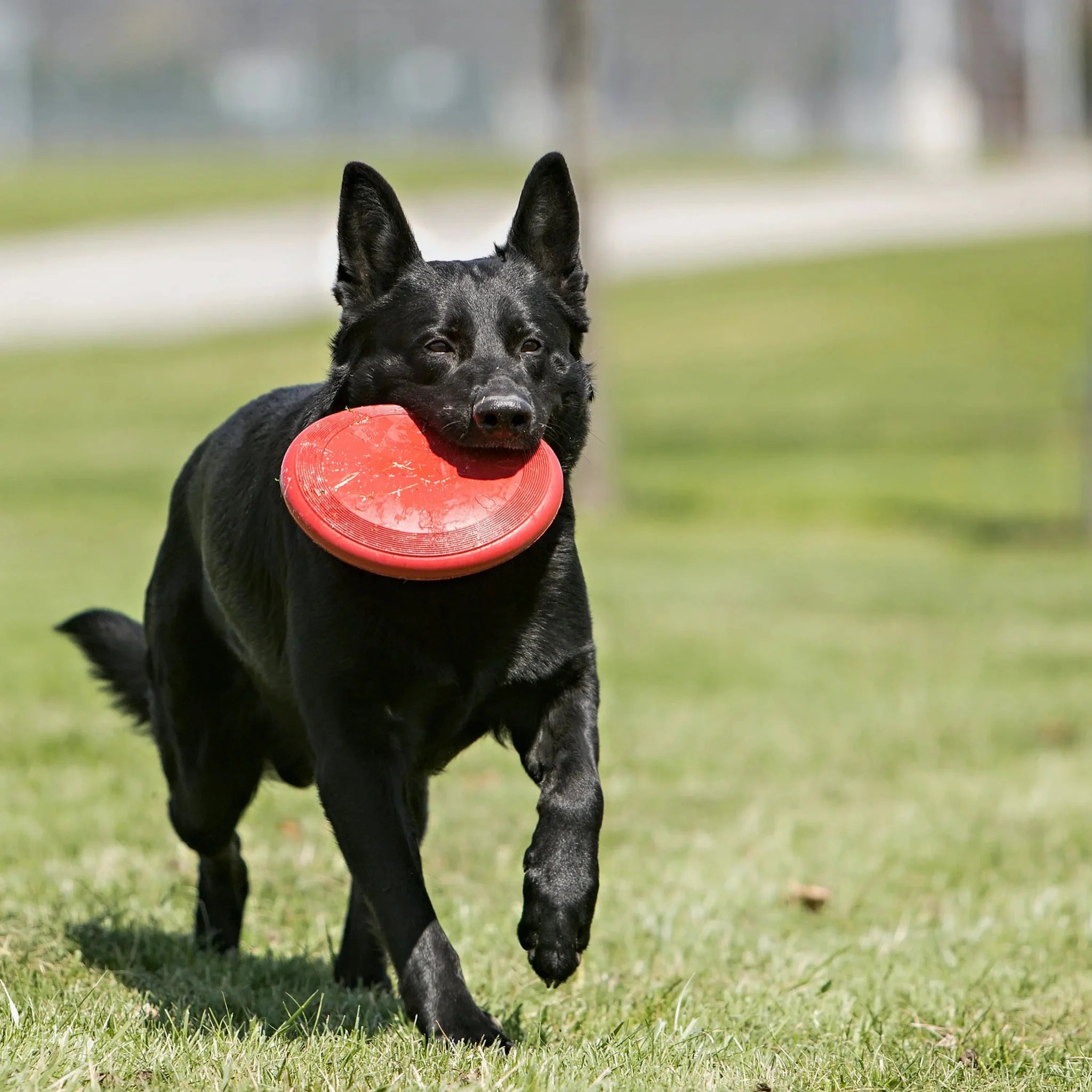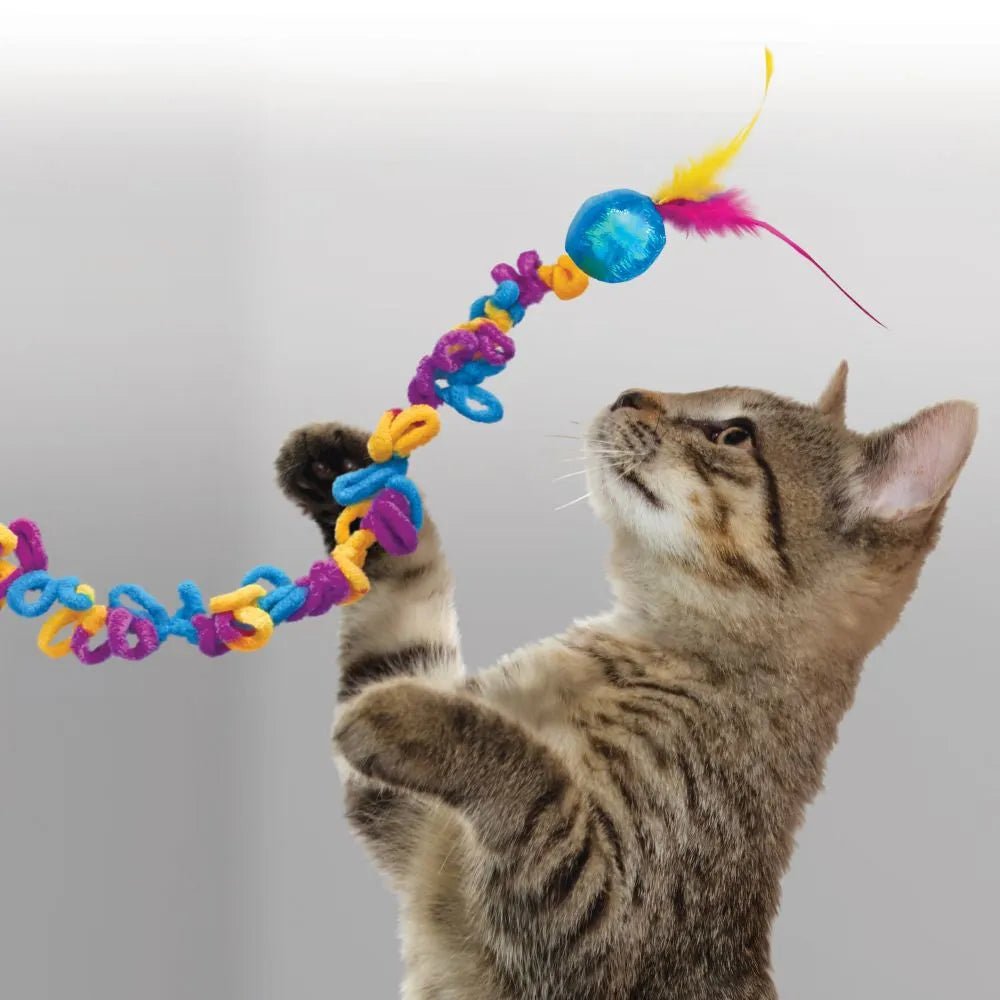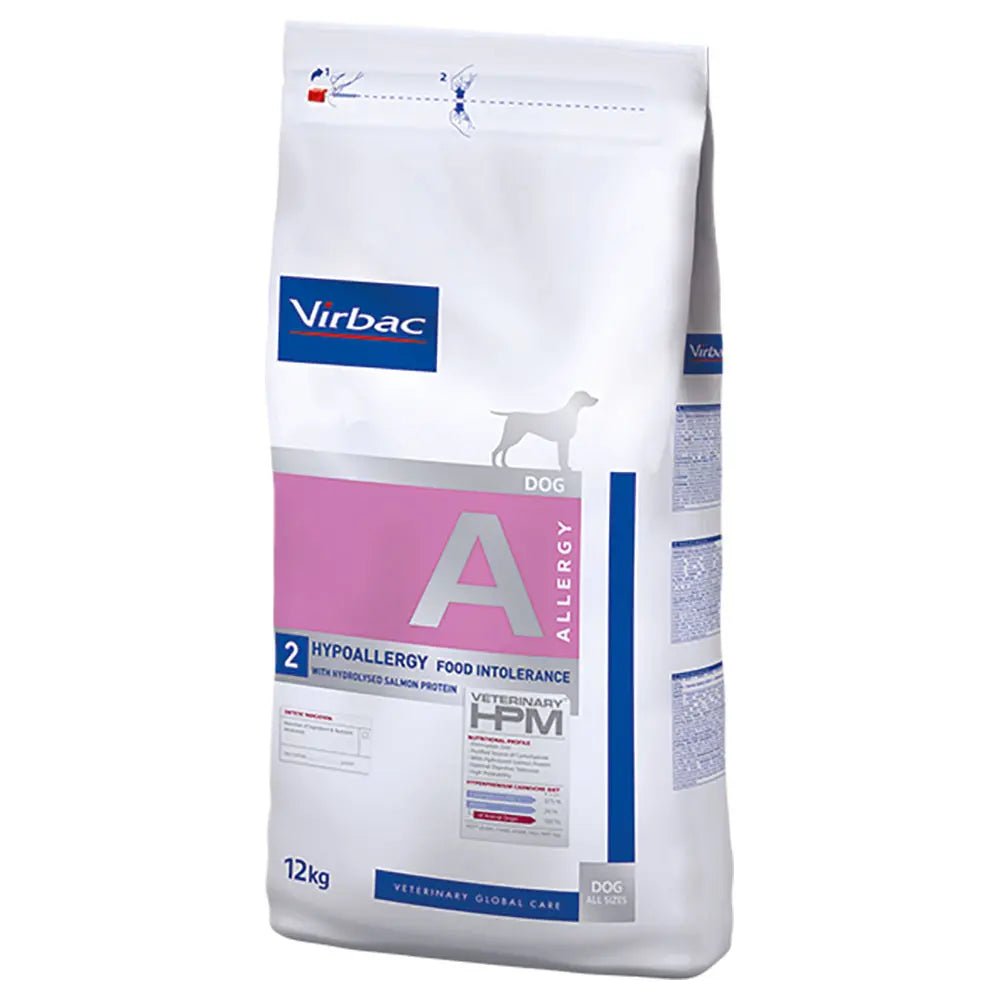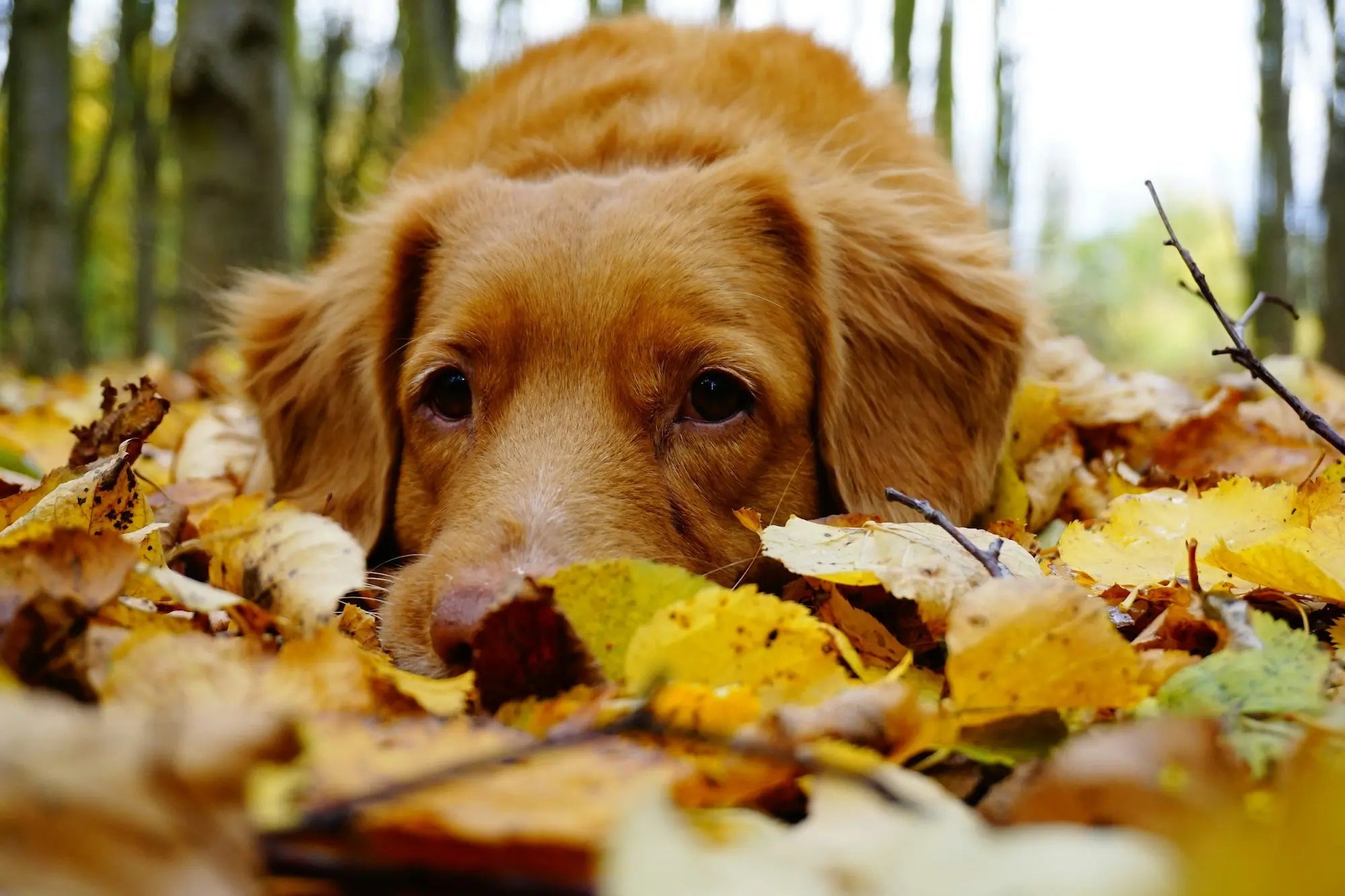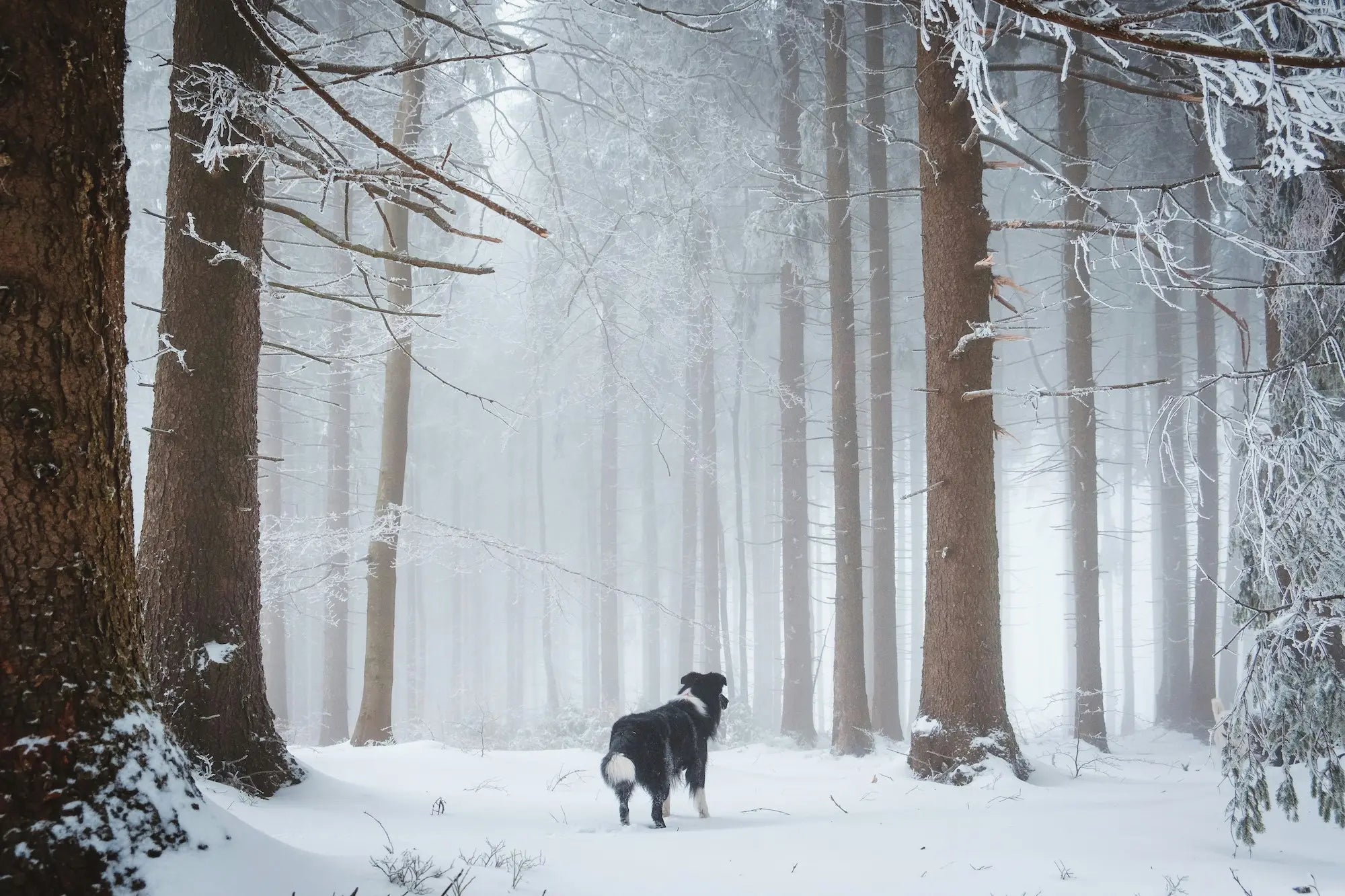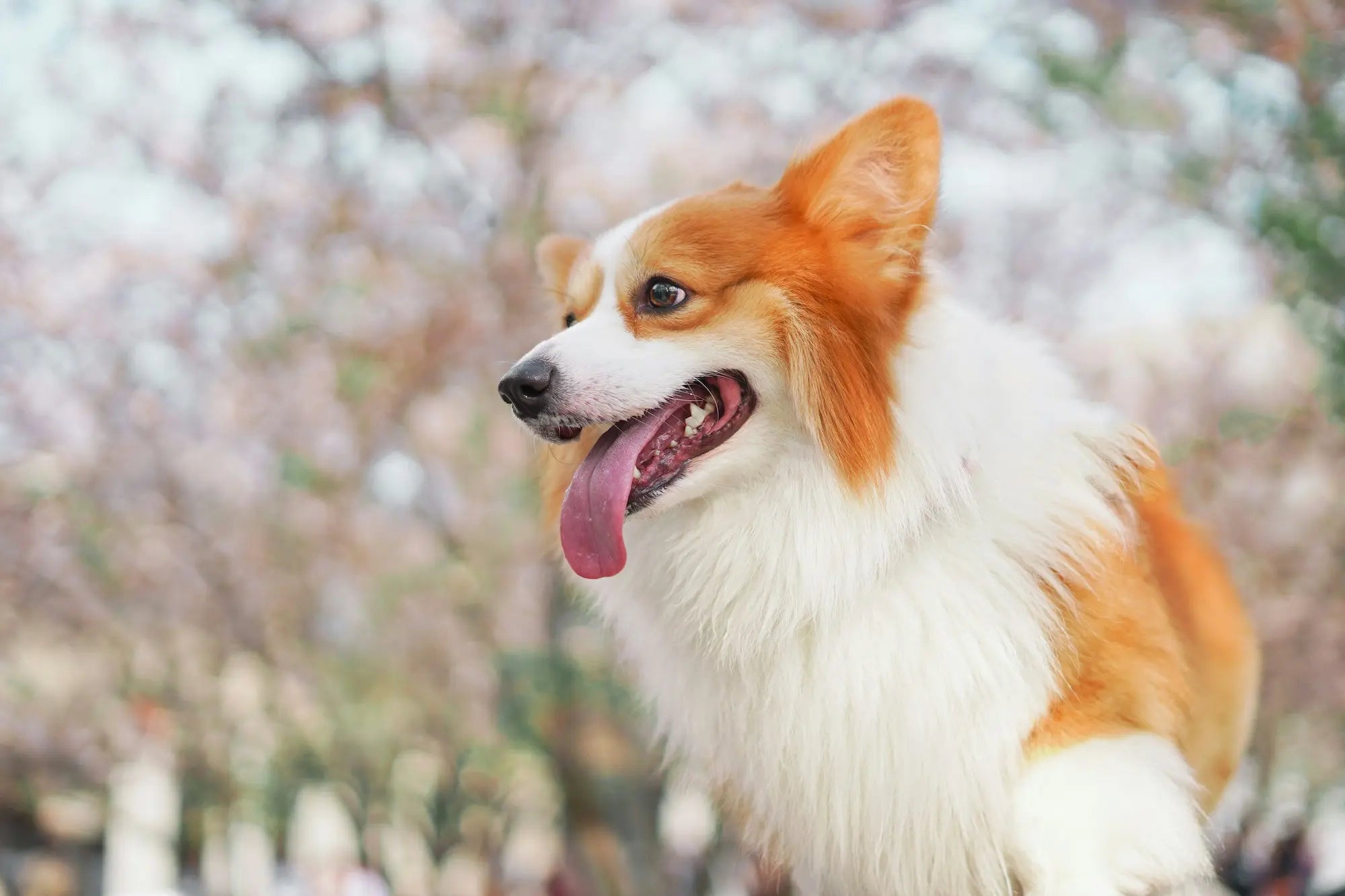The Turkish Angora has a unique appearance, with its elegant body and silky soft fur. In fact, this cat is considered a national treasure in Turkey! However, the cat breed does not only have a distinct appearance, they are also playful, affectionate and intelligent. Read more about what you can expect as a Turkish Angora owner here!
race facts

Child-friendly

Attention needs

Energy level

Talkativeness

Fur care

shedding
Facts about the breed
It is difficult to pinpoint the exact origins of the Turkish Angora, but it is believed to have originated in Turkey sometime in the 15th century. While its exact history remains a mystery, it is believed that the breed has its roots in the African wildcat. Some believe that this cat's distinctive, silky coat is the result of a spontaneous mutation, while others believe that it developed its coat as protection from the harsh, snowy climate of Ankara (formerly Angora).
The earliest written documentation of the Turkish Angora actually dates back to the 16th century. The breed was probably introduced to Britain and France in the late 15th century. The breed was attempted to be crossed with Persian cats in the early 1900s and lost its status as a separate breed. However, Turkey considered the breed a national treasure and preserved it through a breeding program at the Ankara Zoo.
What can you expect as an owner of a Turkish Angora?
Personality
Personality
Turkish Angoras are known for being active, agile and engaging creatures. The breed is energetic by nature and generally loves people. This makes them an excellent choice for families with children and a lively companion for all ages. They often form an extra strong bond with a special family member. Turkish Angoras are also known for being intelligent and determined. They often take on the leadership role and like to “manage” both other cats and dogs. Other characteristics of the breed are that they tend to be helpful and impressive problem solvers. These cats appreciate interactive play, trick training and physical challenge.
Energy and attention needs
Energy and attention needs
The Turkish Angora has a high energy level and a need for attention. It is always on the move and seeks interactivity and entertainment. This makes it important to provide enough stimulation with games, tricks and physical activity to keep the cat happy and healthy.
Health
Health
Size and appearance
The Turkish Angora is a medium-sized cat with an elegant, graceful and muscular body. It has long, slender legs and small paws, a long tail and prominent ears. Its face is V-shaped, and its eyes can be green, orange, copper, blue or even different colors.
Although white is the most common color, Turkish Angoras come in more than 20 color variations. These include black, blue, red, tabby, lilac, cinnamon, and more. Some also have different eye colors.
Weight
Male cats usually weigh between 5 and 7 kg, while female cats weigh about 3 to 5 kg.
Lifespan
12 - 18 years.
Hereditary diseases
Although generally a healthy breed, the Turkish Angora can be prone to certain hereditary diseases. This includes a risk of deafness in cats with white fur and blue eyes. Cats with different eye colors may also be deaf in one ear. In addition to deafness, the breed can be prone to Hypertrophic Cardiomyopathy (HCM) , a heart disease that causes thickening of the heart muscle. A rare but fatal condition known as ataxia can also occur in Turkish Angora kittens, and it can affect the nervous system. White Angora cats lack skin pigment, and are therefore at increased risk of sunburn. They are also at higher risk of skin cancer as a result of sun damage.
Fur care
Fur care
The Turkish Angora has a medium-length, silky coat. It requires regular grooming to keep it shiny and beautiful. Weekly brushing with a fine comb or brush helps remove dead hair and prevents matting.
Food and nutrition
Food and nutrition
When it comes to food and nutrition for your Turkish Angora, you should choose cat food tailored to your cat's individual needs. For example, factors such as age, health and lifestyle will affect your kitty's need for various nutrients.
If you want to become the owner of a Turkish Angora, you should make sure to find a reputable breeder. How much a kitten costs will vary, but you can expect a price of between 12,000 - 18,000 kr for a Turkish Angora kitten.
Having purebred cats as pets has become very popular, but unfortunately this has resulted in many unscrupulous breeders who engage in unethical breeding for profit. Therefore, it is important for you as a buyer to get information about how the cat was bred so that you do not contribute to cats with hereditary and serious diseases being born. If a purebred cat is sold without a pedigree, you will never know whether the kitten has been stolen, or whether illegal trade has taken place.
A serious breeder in a federation must follow strict requirements for animal welfare and health. Good breeders will also demand something from you to ensure that the cat has a good life. Remember to check if the breeder is registered through the Norwegian Cat Breeders' Association (NRR) / FIFe / TICA and that the pedigree, health certificate (and possibly the purchase contract and vaccination card/veterinary passport) are included.
